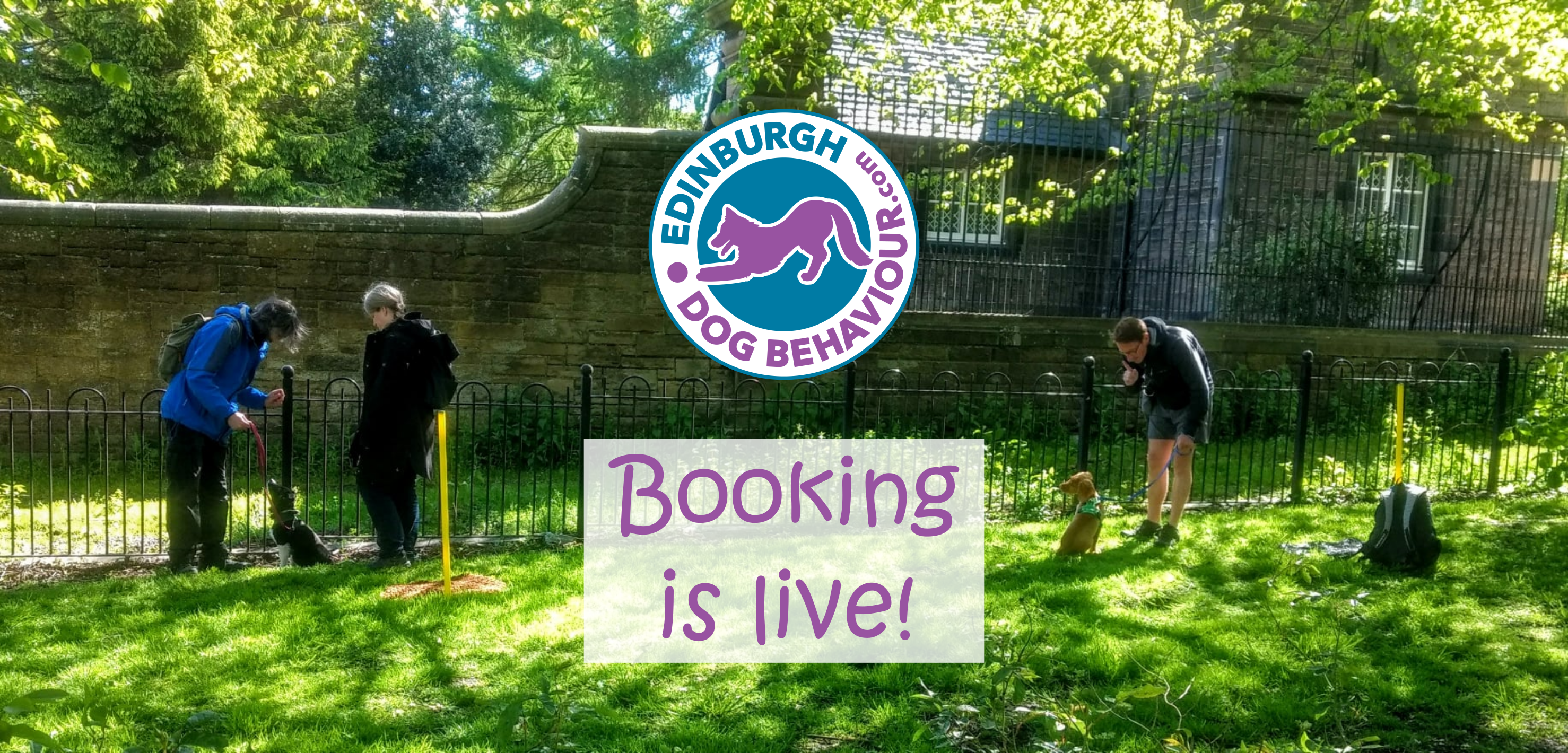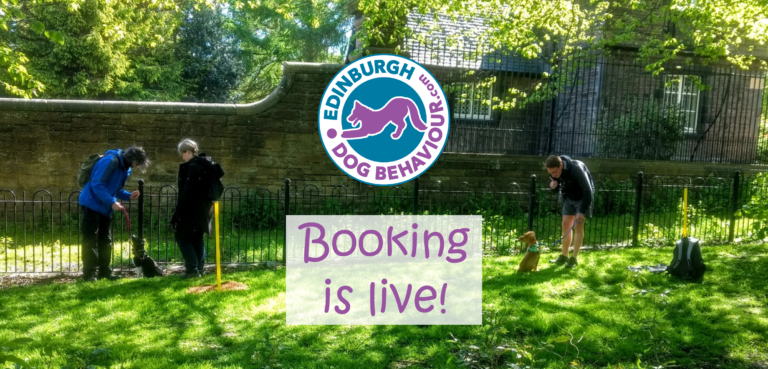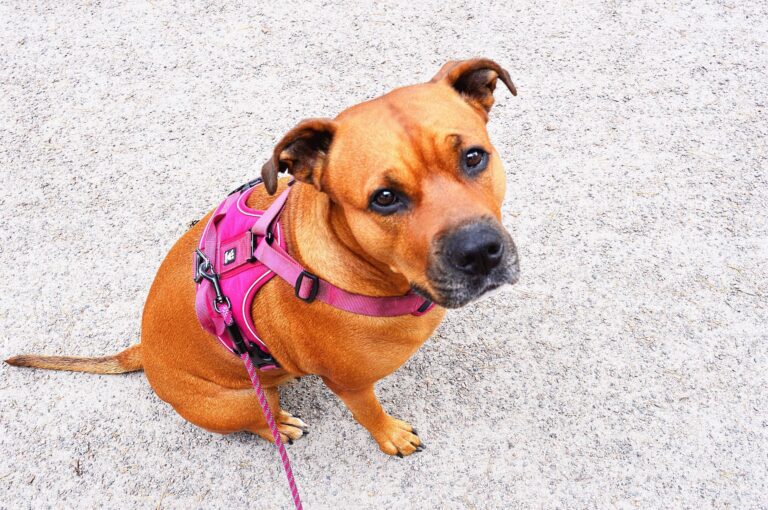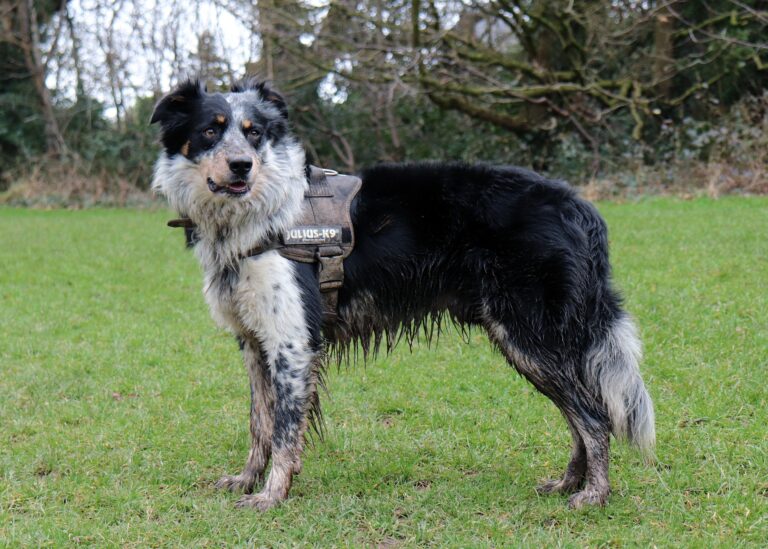
If you are sharing your life with a dog who exhibits overreactive behaviour towards certain things, you will know that it is super hard to avoid these encounters on your daily walks.
Every time you come across the trigger – whether it’s another dog, a person, or even a vehicle – you feel the anxiety rise inside you and the dread of your dog’s imminent overreaction. But you also know that you need to get through the encounter – after all, your dog won’t ever learn how to behave properly otherwise, right?
Wrong!
Many years ago, this small piece of advice completely blew my mind and changed my world as the owner of a dog-reactive dog. Maybe it will do the same for you.
Instead of gritting your teeth and walking headfirst into yet another overreactive disaster with your dog, you can actually simply turn around and walk the other way before your dog explodes!
Using u-turns can drastically reduce the stress for you and your dog when walking your overreactive dog and they can even help your dog create positive associations with their trigger, too!
Let me explain.
When you first teach your dog the u-turn skill, you reward them every time they turn with you. Soon enough, just the word signalling the imminent turn will bring up feel-good vibes in your dog!
When you then say that word upon spotting your dog’s trigger, your dog will still receive these feel-good vibes associated with the word and can gradually associate the sight of their trigger with those good feelings, too.
If your dog is scared of their trigger (rather than over-excited), moving away from the trigger can further increase their feeling of safety and confidence as they are learning that they won’t be forced into the encounter.
Here is another nugget of gold to transform your walks: not every u-turn is the same and some are more effective than others! What?
Traditionally, you would probably turn away from your dog and have them follow you around in a semi-circle until you both face the other way. Much like this:
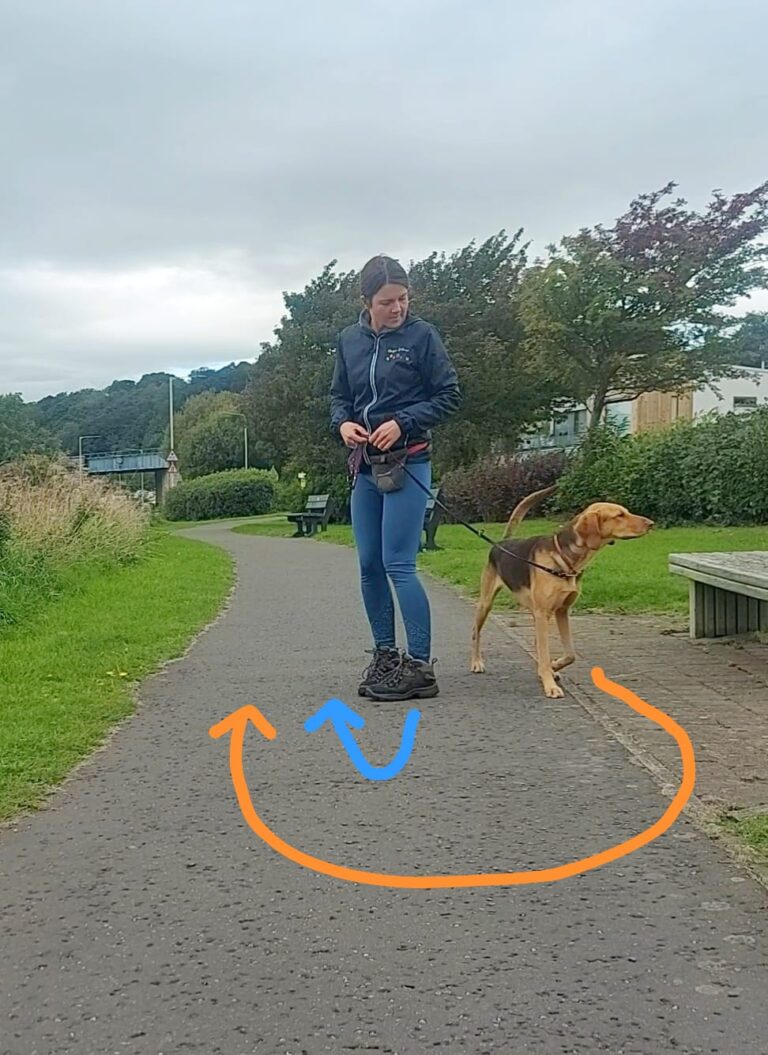
Whilst this way of u-turning will still move your dog away from the trigger and spare you both the stress and embarrassment of a big reaction, it does allow your dog a full 180 degrees of visibility – a.k.a. time to build up stress and still react!
Instead, try turning into your dog! This means that your dog is facing the opposite direction much quicker and has far less time to look at the trigger.
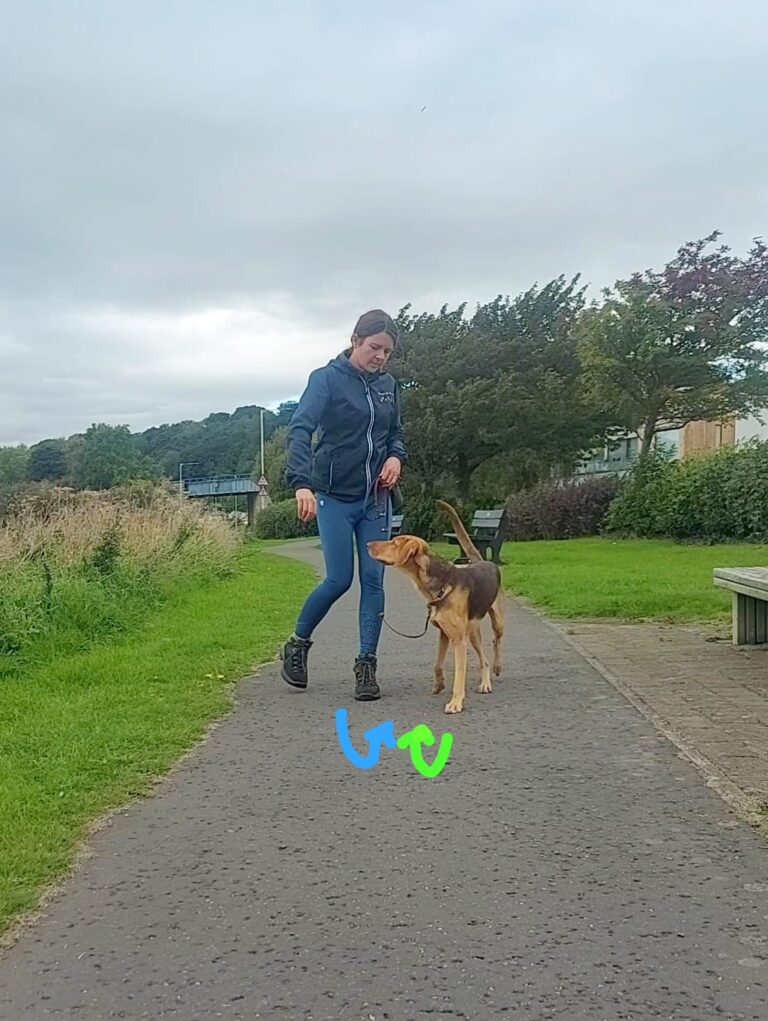
Start training this skill by luring your dog inwards with food initially, and without any actual triggers present, until your dog will easily and happily turn with you as soon as you say the word.
Then, you can start using this magic u-turn whenever you are about to find yourself in a situation that you feel is too challenging for your dog to handle at that moment in time.
Let me say it again for those in the back: you are allowed to opt out of challenging encounters if you want to! It won’t negatively affect your dog’s training progress and it may help to maintain your sanity at times.
Author: Christina Wells

